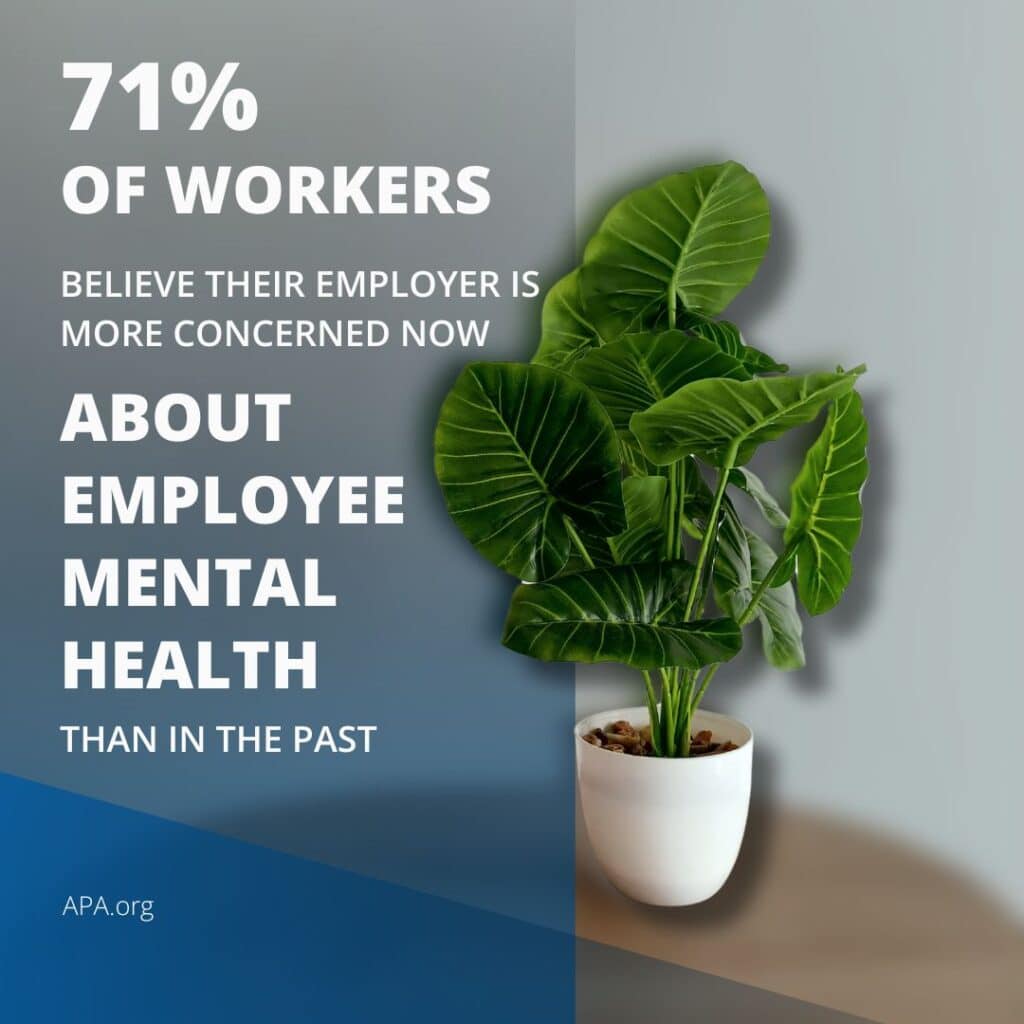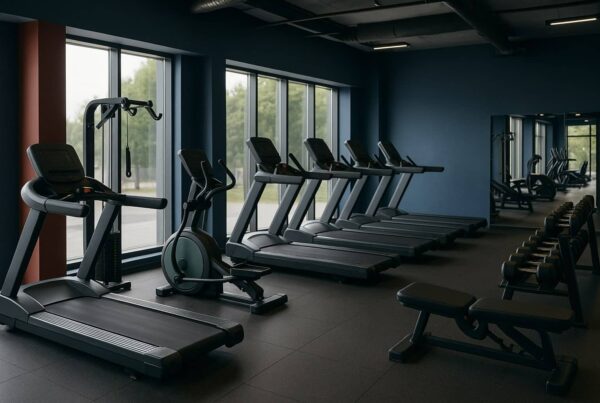A positive workplace experience is no longer defined by a paycheck and a desk. Today’s employees expect more from their jobs: connection, energy, flexibility, and support for their well-being.
Fitness plays a larger role in that than most companies realize. When businesses integrate fitness and wellness into the employee experience, the impact goes far beyond physical health. It influences how people show up, interact, perform, and stay.
In a time when burnout and turnover are common, the right wellness strategies can create a workplace where people thrive.
What Defines the Workplace Experience Today?
The workplace experience is the sum of everything employees encounter throughout the workday. It includes physical comfort, communication, mental clarity, emotional well-being, and how supported someone feels while doing their job.
This can include:
- Energy and focus
- Access to movement or breaks
- Quality of peer interaction
- Autonomy and balance
- Sense of connection and meaning
In remote or hybrid settings, these factors are shaped less by office layout and more by habits and support systems. That is where fitness can make a big difference.

Why Fitness Belongs in the Conversation
Fitness is not just about checking off workouts. It is about helping people build the capacity to do their best work. Movement increases circulation, improves mental clarity, and reduces the physical and mental strain that builds up during the workday.
When fitness is part of the employee experience, teams often see:
- Better focus during meetings and tasks
- Fewer complaints related to posture or discomfort
- Improved ability to handle stress or high workloads
- Higher engagement and overall morale
- Healthier team dynamics, especially during challenges
Supporting fitness is one of the simplest ways to build resilience into your culture.
What Happens When Wellness Is Missing
Without wellness systems in place, physical and mental fatigue tend to creep in. Sitting too long, skipping movement, or running on low energy for weeks at a time takes a toll. Even strong teams feel the effects.
Some common warning signs include:
- High turnover or low morale
- Increased use of sick days or time off
- Reduced participation during meetings
- Communication breakdowns between departments
- Lower engagement in feedback or development
Fitness programs are not a cure-all, but they often help reverse these patterns. They create small points of relief in the workday that add up to better well-being.
What Workplace Fitness Programs Can Look Like
While they help, you do not need an on-site gym to support fitness. The most effective programs are flexible, simple to use, and built to fit real schedules.
Programs may include:
- Virtual workouts that employees can access anytime
- Live group classes that build connection and consistency
- Quick desk routines to reduce muscle tension and eye strain
- Wellness check-ins or coaching for guidance and accountability
- Team challenges that promote activity and bonding
The goal is not intensity. It is consistency. When movement becomes part of the work rhythm, everything else becomes easier to manage.
The Business Case for Wellness
According to the American Psychological Association, most workers now say their employer is more concerned with their mental health than in years past. Even so, burnout remains a leading issue. Fitness and wellness programming can close that gap.
Companies that prioritize wellness often see:
- Increased productivity
- Stronger employee retention
- Reduced health-related costs
- Better teamwork and communication
- Higher job satisfaction overall
The benefits are not limited to physical health. When people move more, they think more clearly, collaborate more easily, and feel more in control of their day.

Making Fitness Fit Your Team
Every team works differently. A remote sales group will have different needs than a healthcare clinic or small nonprofit. The best fitness programs meet people where they are and offer low barriers to participation.
Questions to consider when building a plan:
- Do employees feel supported in managing energy and stress?
- Are there natural times during the day for movement or resets?
- Would group sessions strengthen morale or connection?
- Would on-demand access help hybrid staff feel more included?
Fitness works best when it feels personal, accessible, and flexible enough to blend into a variety of workdays.
How Mile High Fitness & Wellness Supports Teams
We design wellness and fitness programs that match how your team works. Whether you’re fully remote, back in the office, or somewhere in between, we offer solutions that adapt to your team’s needs.
Our programs include live classes, on-demand workouts, wellness challenges, and health coaching designed to energize and connect your staff. These options are structured to support performance, not add pressure.
Conclusion
The workplace experience is shaped by more than job duties and team meetings. It is shaped by how employees feel throughout the day. Supporting fitness is one of the clearest ways to boost focus, reduce burnout, and create a work culture that people want to be part of.
By building wellness into your day-to-day operations, you invest in your team’s energy, clarity, and long-term potential.



